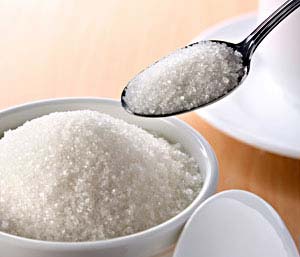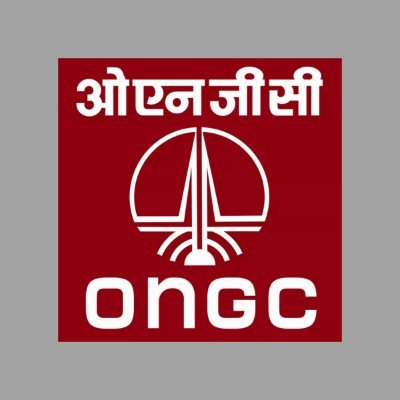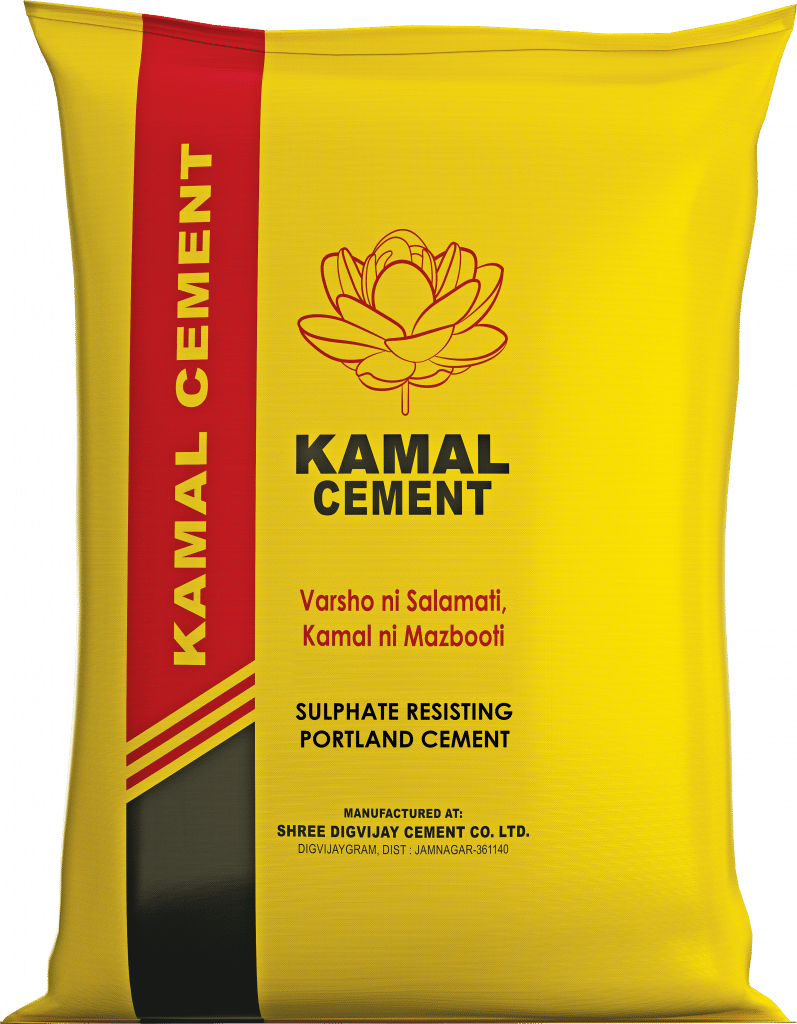
SMALL COMPANY MAY TOUCH NEW 52 WEEKS HIGH IN COMING DAYS . LISTED IN BOTH NSE & BSE . ” B ” GROUP STOCK .
INFORMATION IS STUDY PURPOSES ONLY .
The Company is into the business of manufacturing of sugar, Distillery Products and in Generation of Electricity, unit is situated in Faizabad (U.P.). The Company has the sugar plant capacity of 9000TCD, Distillery Plant-45KLPD and Cogeneration Plant of 25MW. The company also established its name in the field of Sugar Export-Import, domestic sugar trading along with manufacturing activities. KMSML has a vast experience in the field of sugar export as well as in domestic trading of sugar. The company has experienced team for sugar procurement, logistic and for sale of sugar.
The Company is into the business of manufacturing of :
Sugar Distillery Product:
Ethanol and denatured spirit
Generation & Supply of Electricity.
COMPANY FUTURE PLAN :
The future plan of the company is to diversify its business into the manufacturing, bottling, selling of liquor for human consumption. Further it is also planning to set up the Renewable Energy plant i.e. Solar Plant and also planning to see other business avenues.
MILE STONES :
| Year | Event |
| 2014 | Capacity increased from 6500 TCD to 9000 TCD |
| 2008 | Commissioning of 25 MWh Co- gen plant. |
| 2006 | Capacity increased from5000 TCD to 6500 TCD |
| 2005 | Rs 3328 Lacs subscribe through Initial Public issue |
| 2004 | Started implementation of Total productivity Maintenance (TPM) |
| 2003 | Increased crushing Capacity from 3500 TCD to 5000 TCD |
| 2003 | Started Production of fuel grade Ethanol |
| 2003 | ISO 9001:2000 certification by ICS |
| 2003 | The Company adopted the Concept of total productivity Maintenance (TPM) and 5s concept |
| 2002 | Distillery division achieved record production of 1,11,58,328 litres of Rectified Spirit |
| 2000 | Increased in crushing capacity from 2500 TCD to 3500TCD |
| 1995 | Commencement of Production of rectified Spirit at licensed and installed capacity of 45 KLPD , ENA at licensed and installed capacity of 30 KLPD and Ethanol 30KLPD |
| 1993 | The Company Commences setting up of its Distillery Unit |
| 1988 | The Company Set up its Gas Unit |
| 1980 | Expansion of Sugar Division from 1800 TCD to 2500 TCD |
| 1971 | State of U.P. acquired the Bhatni Sugar Mills |
| 1971 | Incorporation of the Company |
| 1958 | Purchased Sugar factory in Bhatni, Distt. Deoria (U.P.) from M/s M.P. Sugar Mills Pvt. Ltd. |
| 1949-50 | Shifted operations in Faizabad |
| 1942 | Started operations as Partnership firm in Kanpur. |
COMPANY NAME : KM SUGAR MILLS
CMP : 10.70 .
52 WEEKS HIH/LOW : 14.58/6.08 .
TARGET : 13.80 – 15.90 – 18++.
TIME FRAME : POSSIBLE IN COMING DAYS & MONTHS.
BASED ON : TECHNICAL CHARTS .
INFORMATION : https://www.kmsugar.com/
Ratios
Consolidated Figures in Rs. Crores / View Standalone
| ROCE% | Mar 2015 | Mar 2016 | Mar 2017 | Mar 2018 | Mar 2019 | Mar 2020 |
|---|---|---|---|---|---|---|
| ROCE % | 19% | 27% | 20% | 17% | 14% | |
| Debtor Days | 21 | 28 | 19 | 18 | 26 | 14 |
| Inventory Turnover | 1.52 | 1.27 | 2.04 | 1.37 | 1.49 |
Disclaimer: I am Not a SEBI REGISTERED ANALYST. This Website & Its Owner, Creator & Contributor is Neither a Research Analyst nor an Investment Advisor and Expressing Option Only as an Investor in Indian Equities. All trading strategies are used at your own risk.
He/ She are Not Responsible for any Loss a Rising out of any Information, Post or Opinion Appearing on this Website. Investors are advised to do Own Due Diligence or Consult Financial Consultant before acting on Such Information.
Author of this Website not providing any Paid Service and not Sending Bulk mails/SMS to Anyone. Information is in no way guaranteed. No guarantee of any kind is implied or possible where projections of future conditions are attempted. Investment/Trading in securities Market is subject to market risk. This is my personal thoughts on this company and not at all a buy recommendation. Do own due diligence /consult a SEBI registered advisor before any action.





